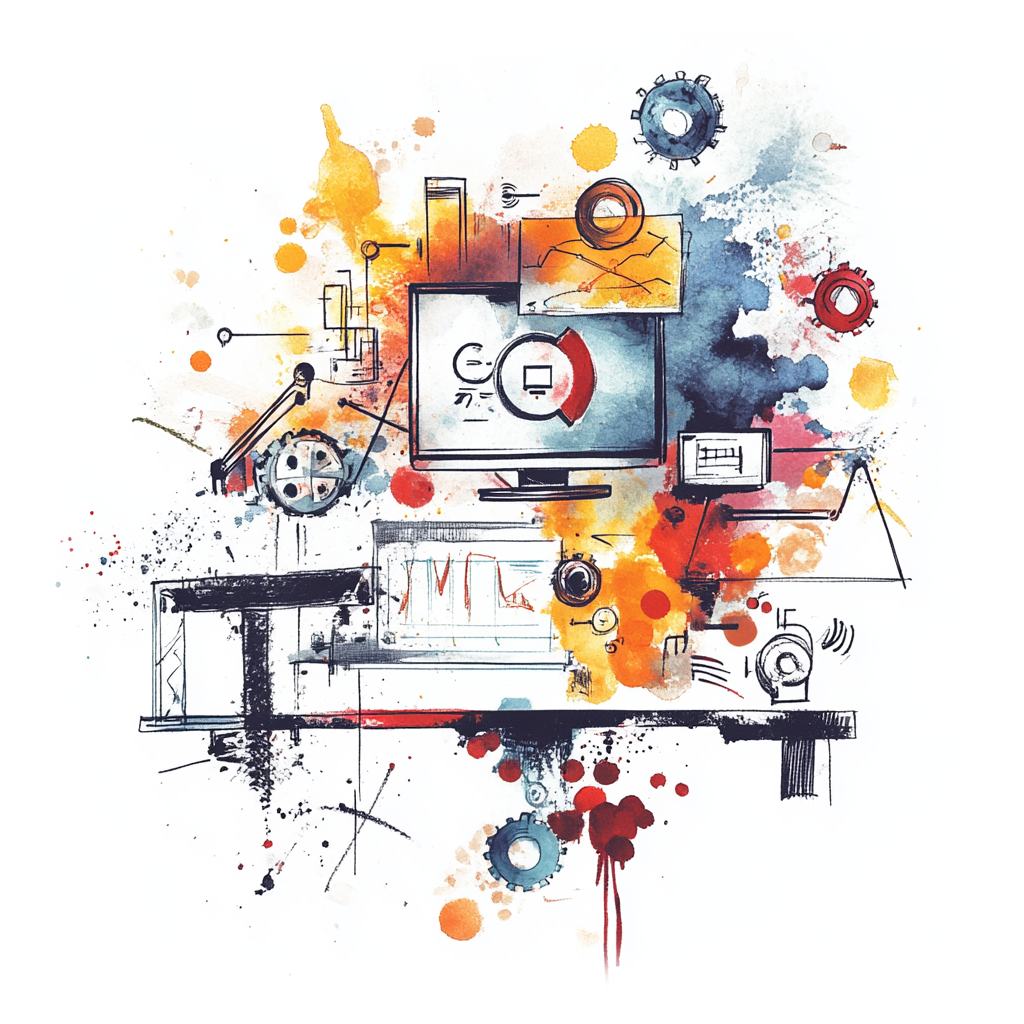Leveraging Self-Owned AI in Medical Devices
Learn how Medical Devices companies can leverage self-owned AI to enhance their operations and drive innovation.

Unlocking the Power of Your Own AI: A Game Changer for Upstream Operators in the Medical Devices Industry
In the complex and fast-evolving world of medical devices, upstream operators face a multitude of challenges. From regulatory compliance to innovation management, the pressures are relentless. But what if I told you there’s a way to streamline operations, boost efficiency, and enhance product development—using your own AI? This is not just a futuristic dream; it’s closer to reality than you might think. Let’s dive into how you can harness the power of your own AI and transform the landscape of the medical devices industry.
Use Cases for Your Own AI in the Medical Devices Industry
Imagine having a virtual support team that operates tirelessly, analyzing data and offering insights at lightning speed. Here are some industry-specific scenarios where your own AI can shine:
-
Product Design and Development: Picture your team launching a new orthopedic device. Instead of sifting through countless studies and past projects, your AI can instantaneously analyze previous designs and clinical outcomes, providing tailored suggestions for improvement. It acts like a research assistant, but one that never sleeps!
-
Regulatory Compliance: Navigating the maze of regulatory requirements can feel like labyrinthine hell. However, your AI can sift through regulations and ensure you adhere to each guideline with ease. It can even flag issues before they become major headaches, preparing documentation tailored to different jurisdictions.
-
Market Analysis: Want to identify new trends before your competitors do? Your AI can comb through vast amounts of market data and customer feedback, revealing insights that help you stay ahead of the curve. Think of it as your very own crystal ball, providing the foresight necessary to make informed business decisions.
-
Patient Feedback Interpretation: Gathering and interpreting patient feedback on new devices can be a daunting task. Your AI can analyze social media sentiments, reviews, and surveys, turning noise into actionable insights. It’s like having a dedicated team of analysts who never take a break!
Why Your Own AI Beats the Alternatives
Now that we’ve painted a picture of the potential, let’s discuss why having your own AI is the clear choice.
-
Data Security and Compliance: With the sensitive nature of healthcare data, security is non-negotiable. Unlike cloud-based services that may expose your information to risks, hosting your AI ensures better control over your data—keeping it in-house and safeguarded.
-
Customization: Each medical device company has unique needs, and off-the-shelf AI models may not cut it. Your own AI can be tailored to your specific processes, objectives, and workflows, significantly enhancing its effectiveness.
-
Cost Efficiency: While the initial investment may appear daunting, having your AI in-house can save money in the long run. You won’t need to pay for subscriptions or recurring fees from third-party platforms. Think of it as investing in a high-quality machine that yields countless hours of productivity!
-
Competitive Advantage: In an industry where speed and innovation are essential, having your own AI allows you to be more agile. You can test hypotheses, explore new ideas, and iterate on designs faster than competitors using generic solutions.
How to Get Started with Your Own AI
Alright, let’s roll up our sleeves! Getting your own AI up and running might seem intimidating, but breaking it down into simple steps makes the task manageable.
-
Define Your Objectives: Start by identifying the specific challenges you want your AI to tackle. Is it product development, market trends, or patient feedback? Clear goals allow for focused development.
-
Gather Data: Your AI needs data to learn. Assemble historical data from product trials, customer feedback, and market research. Ensure you have a dataset that represents the nuances of your business.
-
Choose the Right Technology: You’ll need to choose the right platforms and tools—think about programming languages, machine learning frameworks, and your desired infrastructure. Consult with IT professionals or data scientists if needed.
-
Develop the Model: Whether you hire external AI specialists or use in-house talent, it’s time to build your model. Keep in mind that this stage involves experimentation and refinement—it’s a learning process.
-
Implementation and Testing: Once your AI is developed, integrate it into your existing systems. This phase also includes rigorous testing. Collect feedback from users and make necessary adjustments.
-
Iterate and Improve: The world of AI is never stagnant. Continue to refine and update your AI based on newly gathered data, user feedback, and changing market conditions.
The Future is Yours to Shape
In summary, having your own AI can be a game-changer for upstream operators in the medical devices industry. By implementing it, not only do you enhance processes, but you also equip yourself with insights that drive innovation and compliance. This essential tool empowers your company to meet challenges head-on while fostering an environment of growth and discovery.
So, what are you waiting for? Grab the reins of your future and start the journey to crafting your own AI today! The possibilities are endless, and your company’s next big breakthrough might just be a dataset away.
